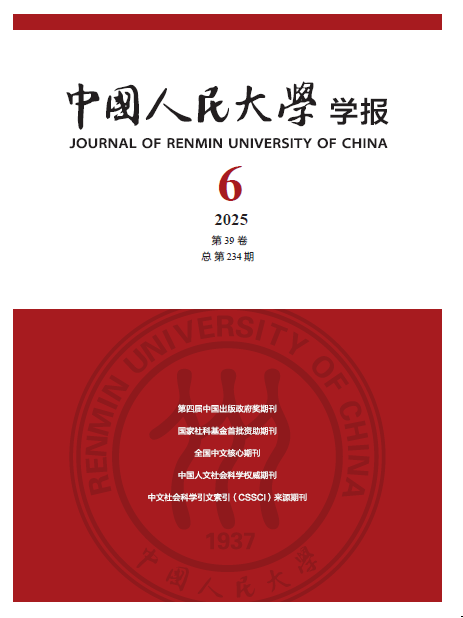YU Junwei
2025, 39(6): 138-154.
The development of logic in premodern China started from rectifying names, a practice of political management of restoring rituals in the beginning, and then evolving into the theory on names and argumentThe theory on names and argument explains reasons through analogies with many argumentation skillsThe core concept of the theory of names and argument is category, which is a generalization of the universal conceptThere are two modes of reasoning, both of which include classification, classifying, comparison with analogy, and reasoning by analogy, and both of which obey the principle of class similarityPremodern Chinese logicians did not make a clear distinction between these two modelsNeither did they make a clear distinction between deduction and nondeduction, which made the theory of reasoning by class limited in seeking truths, yet more suitable for literary and artistic creation and the exploration of goodnessThese features are rooted in the fact that the theory of reasoning by class is not based on a proper conceptual framework, and the classes it needs to process include lots of actionevent classesAll these hinder people from transforming the theory of Three Categories into the system of inference rules, and, as a result, limit the development of premodern Chinese logic theoriesThis is in sharp contrast with the western logic theories, which starts from the exploration of the primitive and has a complete conceptual system as the foundationThe latter rely on the predication structure to explore the general laws of the predication relation, which is suitable for seeking truths in scientific research.
